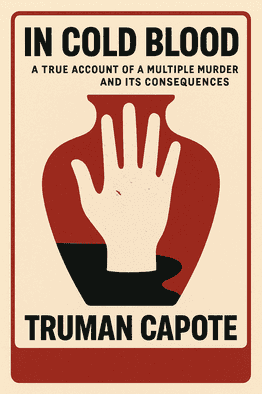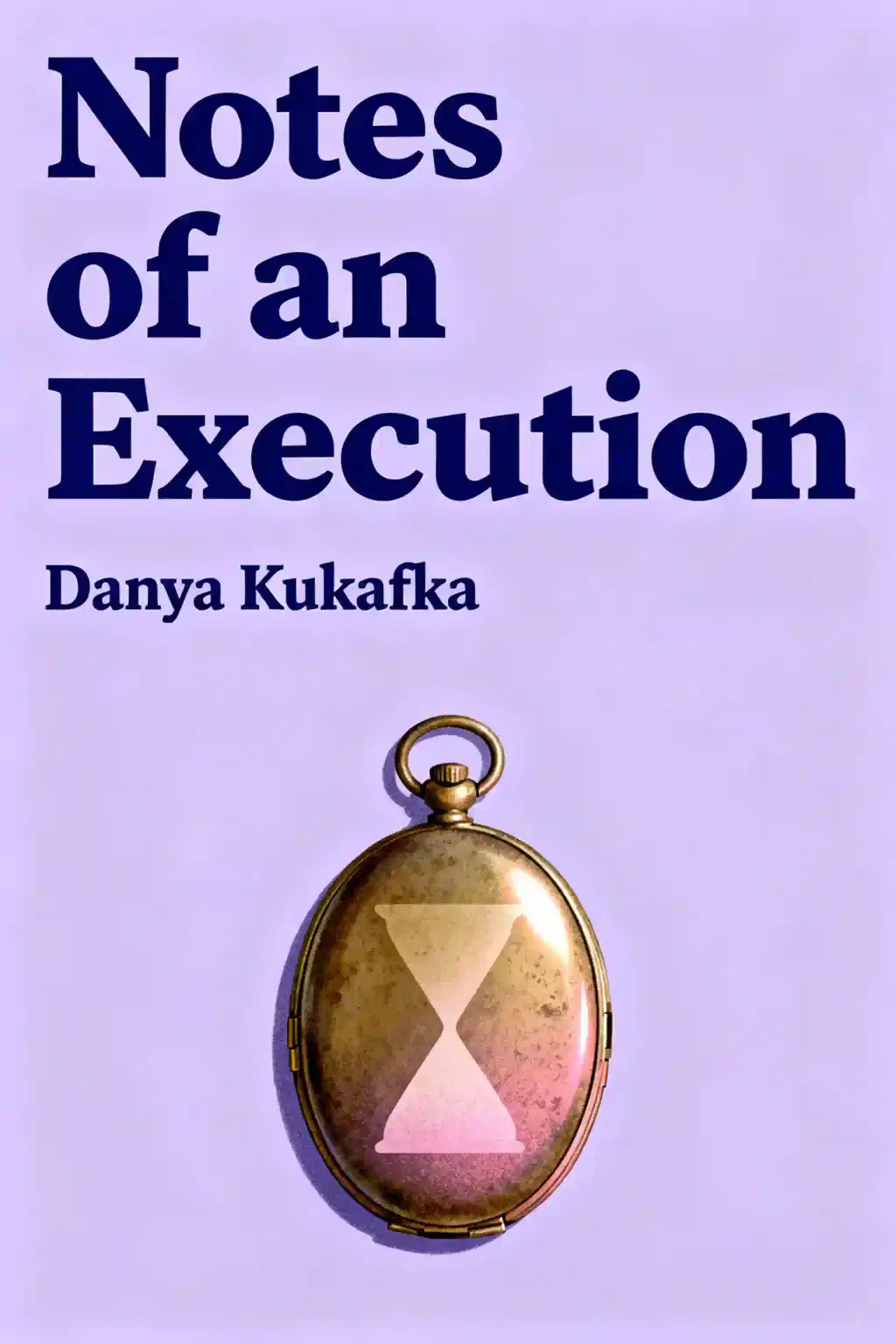
In Cold Blood by Truman Capote Summary
Overview of In Cold Blood
Truman Capote's groundbreaking "In Cold Blood" revolutionized true crime literature, becoming the second-bestselling book in the genre's history. Six years in the making with Harper Lee's help, this chilling masterpiece blurs fiction and journalism, humanizing killers in ways that still haunt our cultural conscience.
Similar books to In Cold Blood
Feel the book through the author's voice
Turn knowledge into engaging, example-rich insights
Capture key ideas in a flash for fast learning
Enjoy the book in a fun and engaging way
Key takeaways
When Evil Came to Paradise
November 15, 1959. Four bodies. A quiet Kansas town that would never sleep soundly again. What happened in the Clutter farmhouse that night wasn't just murder-it was the moment America lost its innocence, when we realized that evil doesn't announce itself with warning signs or logical motives. Sometimes it just arrives at your door, polite and smiling, and destroys everything for forty dollars and a delusion. This is the story that invented modern true crime, the book that blurred fiction and journalism so completely that we're still trying to untangle them. But more than that, it's a mirror held up to America's face, forcing us to see what we'd rather ignore: that monsters don't always look monstrous, that good people die for no reason, and that sometimes the scariest thing about violence is how utterly meaningless it can be. Herbert Clutter had built something real. At 48, he stood as living proof that hard work and moral character still mattered in America. His 400-acre River Valley Farm wasn't just property-it was a testament to Methodist values, early mornings, and the kind of integrity that made neighbors leave their doors unlocked. Square-jawed and college-fit at 154 pounds, Herb had served on Eisenhower's Federal Farm Credit Board. He was the man other men measured themselves against. His family reflected that same wholesome perfection, embodying everything good about small-town American life.
The Perfect Family and the Drifters Who Destroyed Them
The Discovery and Its Aftermath
The Investigation and the Poisoning of Paradise
The Capture, Trial, and Confession
Five Years in the Shadow of the Gallows
What We Carry Forward
Quick Summary Mode - Read or listen to In Cold Blood Summary in 11 Minutes
Break down key ideas from In Cold Blood into bite-sized takeaways to understand how innovative teams create, collaborate, and grow.
Flash Card Mode - Top 9 Insights from In Cold Blood in a Nutshell
Distill In Cold Blood into rapid-fire memory cues that highlight Pixar’s principles of candor, teamwork, and creative resilience.

Fun Mode - In Cold Blood Lessons Told Through 22-Min Stories
Experience In Cold Blood through vivid storytelling that turns Pixar’s innovation lessons into moments you’ll remember and apply.
Personalize Mode - Read or listen to In Cold Blood Summary in 0 Minutes
Ask anything, pick the voice, and co-create insights that truly resonate with you.

From Columbia University alumni built in San Francisco

Get the In Cold Blood summary as a free PDF or EPUB. Print it or read offline anytime.










